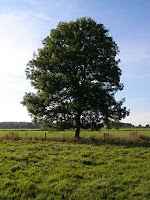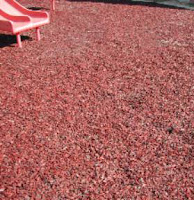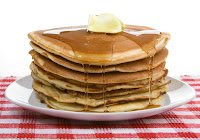 |
| Shady woodland |
Even though some plants do best in full sun and popular veggie and flower
gardens get the lion’s share of attention, a shade garden can provide the
perfect conditions for an astounding number of flowering and foliage plants. A
huge selection of perennials, ferns, shrubs, ground covers and under-story
trees do beautifully in many types of shade.
Landscapes are not static, but change their degree of shade over time as
newly-planted shrubs and small trees mature to their full size. Gardens that were originally sunny may evolve into an ever-increasing amount of shade
and the plant list necessarily changes. Conversely, if a tree is removed or
blown down in a storm with the resulting sunlight flooding a garden formerly in shade, those plants will
languish and change-outs will be needed. Consult your Crabapple Rep in these
situations for creative solutions.
 |
| 'High Fragrance' Camellia |
Shade is considered a challenge by many landscapers. If shade is caused
by a woodland or forest of trees, competing root systems and water needs of the trees will compound
the problem. Low light levels, limited water, competition for nutrients and
poor air circulation are all shady challenges. Shallow-rooted maples and elms
are particularly problematic for underplanting. Poor air circulation, coupled with lower light
levels means leaves stay wet longer and plant disease problems can be magnified.
Crabapple LandscapExperts select disease-resistant varieties, use wider plant spacing and employ soaker hoses and drip irrigation to avoid getting extra
water on the leaves.
Landscapes differ in the type of shade. Crabapple LandscapExperts will determine the amount of shade present and which plants are adapted to the
available conditions.
 |
| Hosta Royal Standard |
Full Shade
Little to no direct sunlight is available in the shadow
of buildings, under mature trees or thick hedges, or next to solid walls. In
this situation the shade lasts all day. Plant selection is most limited in
dense shade, but some plant selections for deep shade include Chinese sacred lily, Cast iron plant, Cryptomeria, Plum Yew and reliable ferns. White, chartreuse and variegated foliage stand out
in the shade, with pink, white or red caladium for summer bedding. Contrasting textures (coarse hostas next to fine ferns) and glossy
leaf surfaces have more impact than dull ones. Our skilled landscape designers can make this type of shade into a cool
retreat with paving, fountains and ground covers along with seating and tables to enhance this type of environment.
Medium Shade
Direct rays of sun are blocked for part to most of the day
in this situation. Many established landscapes have large areas of partial
shade where shadows fall for much of the day, but receive some direct sunshine
either early or late. Light can sometimes be reflected off of buildings to
produce medium shade. Under deciduous trees, spring ephemerals get plenty of sunlight before the trees leaf out in springtime.
 |
| Open Shade |
Open or Dappled Shade
Areas of light shade are shaded but still bright,
as under the high shade of tall pines, under thin tree cover or beneath trees with tiny
leaves. As the sun moves across the sky,
shadows move with it and garden areas get a lot of filtered light and dappled
sun in intervals throughout the day. Many plants (including “full sun” plants) do
well in this type of shade, and in metro-Atlanta they thrive when some of the
hot afternoon sun is mitigated. Part of the day the garden is in
sun, while the other part is shade. Camellias, gardenias and native azaleas do
best with some afternoon shade. Light Shade also provides relief from
evaporation and goes a long way toward the maintenance of soil moisture, particularly when mulched.
Your Crabapple LandscapExperts will provide a wide plant pallette and great installation and maintenance programs for shady locations in the properties you manage.
Photos by Geri Laufer














